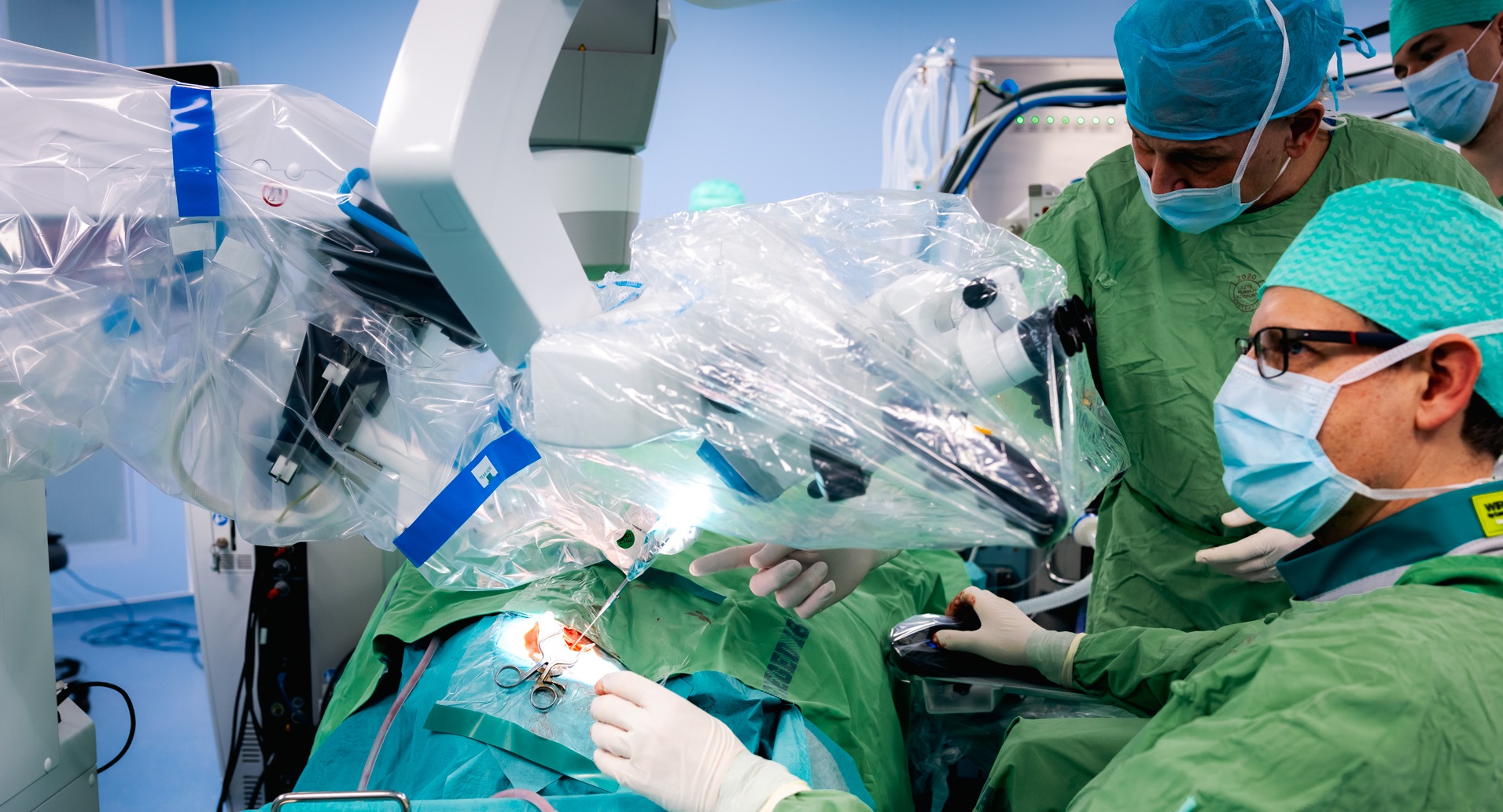
A state-of-the-art robotic device was used for ear surgery at the University of Szeged, fully leveraging the institution’s advanced surgical facilities. The procedure, performed by the Szeged Hearing Implantation Workgroup, highlights the exceptional expertise and cutting-edge technology available at the Szent-Györgyi Albert Clinical Center’s Department of Otorhinolaryngology and Head and Neck Surgery. The department stands at the forefront of developing innovative medical technologies, continuously pushing the boundaries of patient care.
With decades of tradition, extensive expertise, high-tech equipment, and a strong commitment to innovation, the University of Szeged is a key player in advancing patient care. These strengths have made the institution a key testing ground for one of the latest breakthroughs in medical technology: the RobOtol surgical robot, developed specifically for ear procedures. The name RobOtol reflects the fusion of ‘robotics’ and ‘otology,’ the field of medicine focused on ear health. Designed for high-precision ear surgeries, this advanced robotic system assists surgeons during critical phases of complex procedures, enhancing both accuracy and efficiency.

The RobOtol: Top precision with slow, steady movements for unmatched accuracy
Photo: István Sahin-Tóth
The Szent-Györgyi Albert Clinical Center’s Department of Otorhinolaryngology and Head and Neck Surgery is recognized internationally as a world-class institution in the field of ear, nose, and throat (ENT) care. In this context, cochlear implantation, a transformative procedure that relies on advanced technology to enhance or restore hearing, stands out as one of Szeged’s most recognized medical specialties.
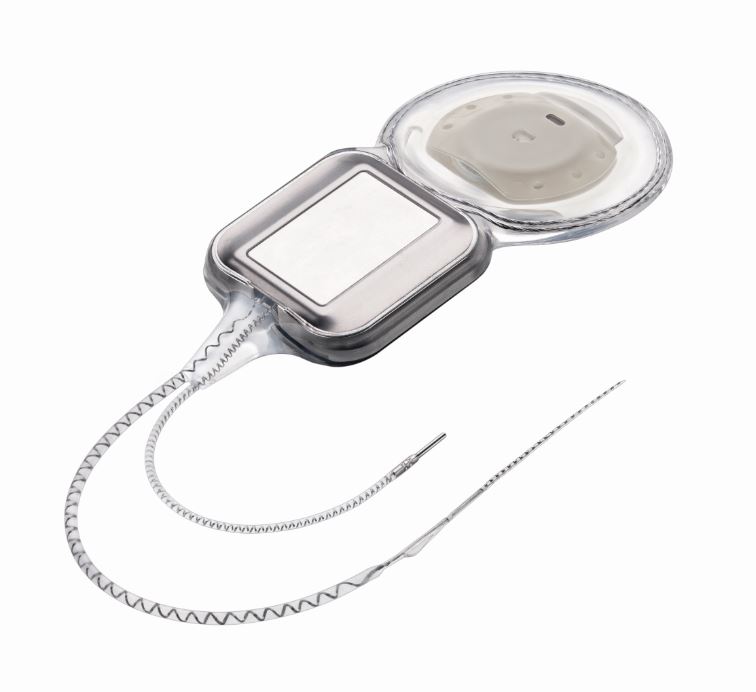
A cochlear implant
Photo source: presse-de.cochlear.com
It was in the field of cochlear implantology that the RobOtol surgical robot – temporarily brought to Szeged for development purposes – was put to use during surgical procedures.
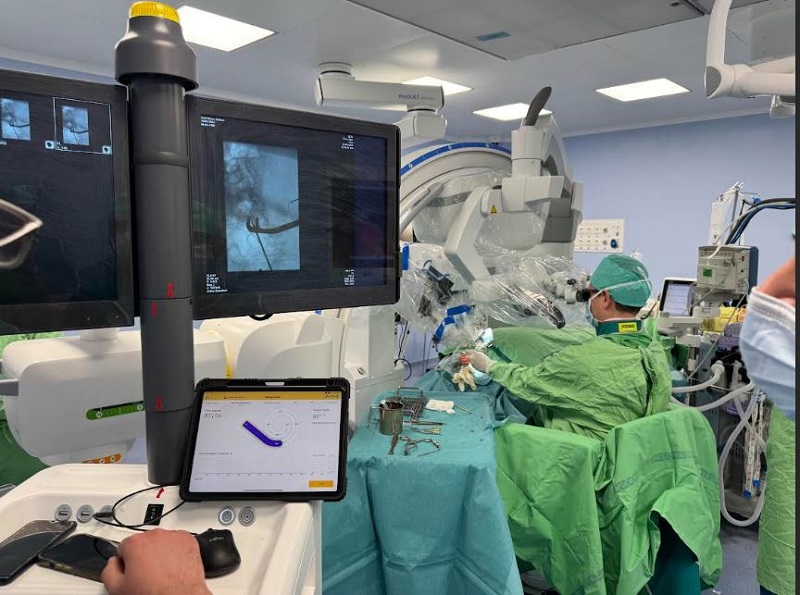
Ádám Perényi performing surgery with the RobOtol robot. Guided by the surgeon, the robot inserts the electrode, while the medical team closely monitors the procedure using an operating microscope, advanced imaging technologies, and electrophysiological methods.
“We integrated the surgical robot into our standard minimally invasive technique. After manually placing the electrode in the round window, RobOtol guided it into the cochlea with exceptional accuracy. This step requires extremely slow and steady motion – something human hands can achieve with only limited precision. The robot, however, inserts the device at a controlled speed of just 0.1 millimeters per second. Indeed, at our institute, we are dedicated to embracing innovation, and we have published numerous studies on the development of minimally invasive surgical techniques and medical devices. We work closely with engineers and experts from medical device manufacturers, so having the chance to test this new technology is both important and exciting for us. Our experience helps refine the device, ultimately making such procedures easier, faster, and more effective for patients,” says Dr. Ádám Perényi, member of the Hearing Implantation Workgroup, who regularly performs cochlear implant procedures.
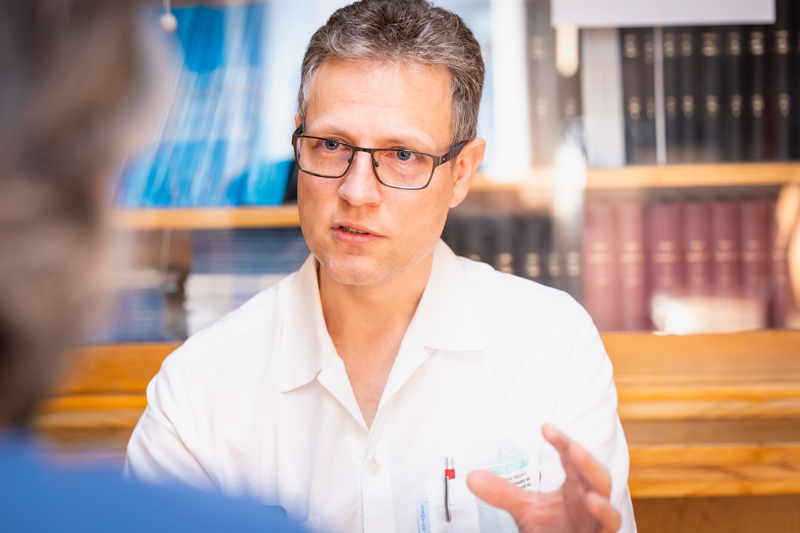
Dr. Ádám Perényi
Photo: Ádám Kovács-Jerney
The Department of Otorhinolaryngology and Head and Neck Surgery in Szeged boasts a uniquely advanced set of surgical instruments. Globally, only a few otology operating rooms offer such state-of-the-art facilities for patient care.
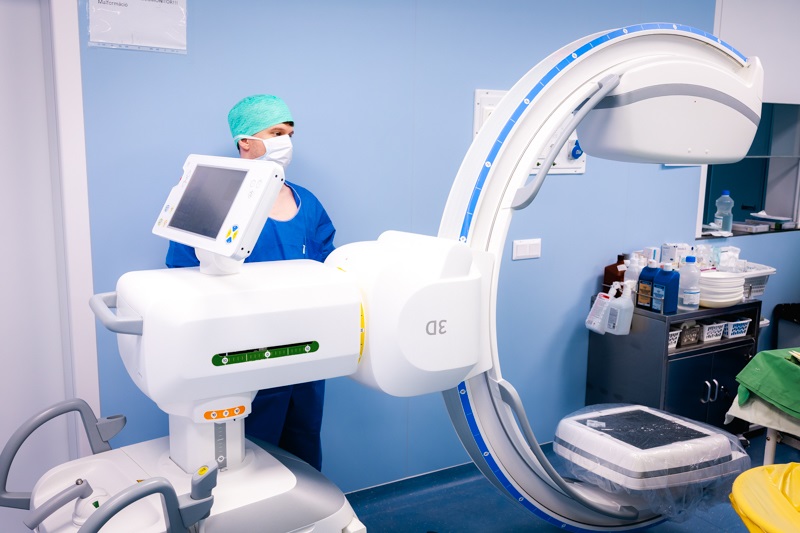
Advanced imaging: The C-arm X-ray device – a tool rarely seen in operating rooms for ear procedures – in Szeged
Photo: István Sahin-Tóth
“We have high-end surgical microscopes, facial nerve stimulators, and a C-arm X-ray imaging device for intraoperative imaging. However, even the most advanced tools would be ineffective without the wealth of experience accumulated by our specialists at the university. In fact, in procedures like ours, a well-coordinated team is essential, as ear surgeries rank among the most intricate procedures in otolaryngology. Every step must be executed with utmost accuracy, since each stage depends entirely on the flawless completion of the one before it. This focus on accuracy extends beyond the surgery itself – it applies to the entire process, requiring seamless teamwork at every phase, from hearing screenings and patient selection to consultations with the patient and their family, preoperative evaluations, personalized device selection, surgery, postoperative care, device activation and calibration, and long-term follow-up,” emphasizes Dr. Ádám Perényi.
The RobOtol robot can assist in three key types of surgery:
The device helps protect and preserve the delicate internal structures of the cochlea, contributing to the preservation of the patient’s remaining hearing. This is critically important, as it increases the chances of making the most of the patient’s natural hearing ability. Additionally, it may reduce the formation of reparative tissue within the cochlea – a factor of considerable electrophysiological significance, especially when it comes to optimizing residual hearing and ensuring that future implant replacements can be performed smoothly.
It is important to emphasize that RobOtol does not replace the expertise and experience of the operating surgeon – physicians need to maintain proficiency in manually inserting the electrode when surgical circumstances require it. Still, experts see the introduction of this robotic system as a significant opportunity to further reduce the invasiveness of cochlear implantation.
Original Hungarian text by Ferenc Lévai
Feature image: Doctors at the University of Szeged perform surgery using the RobOtol robot on February 24, 2025.
Photo: István Sahin-Tóth

